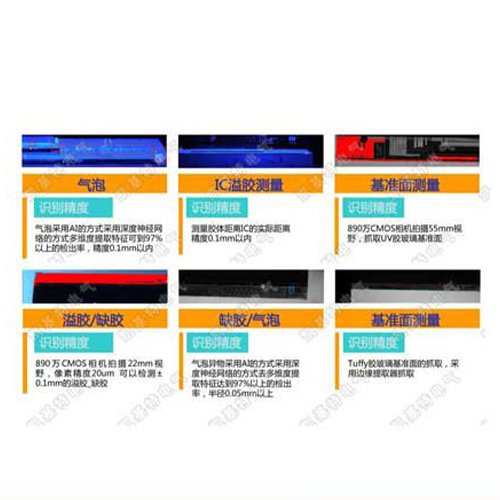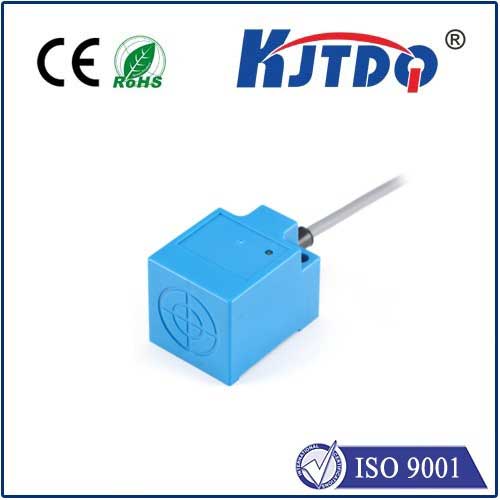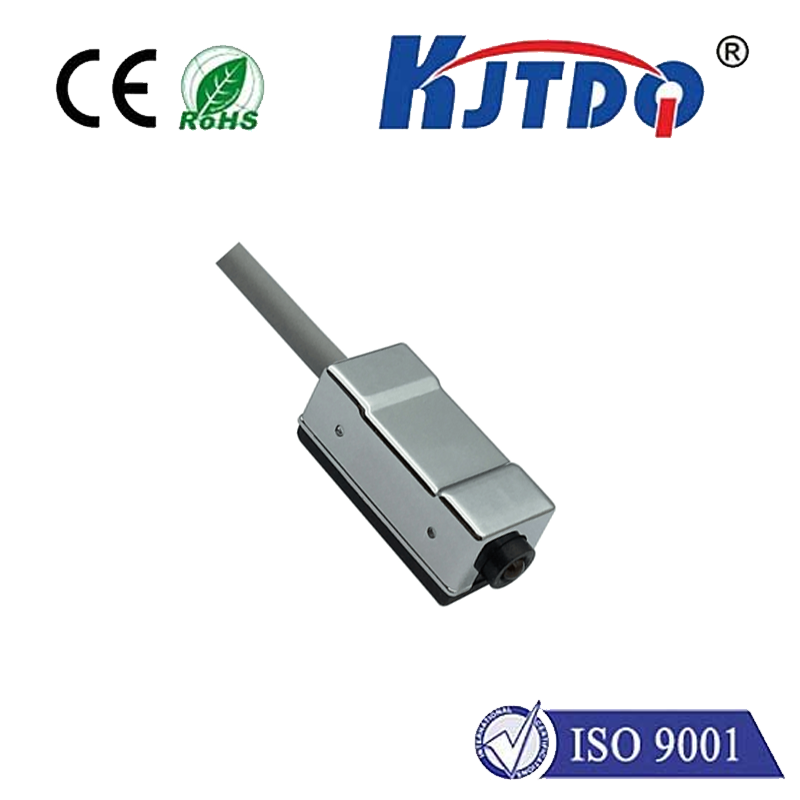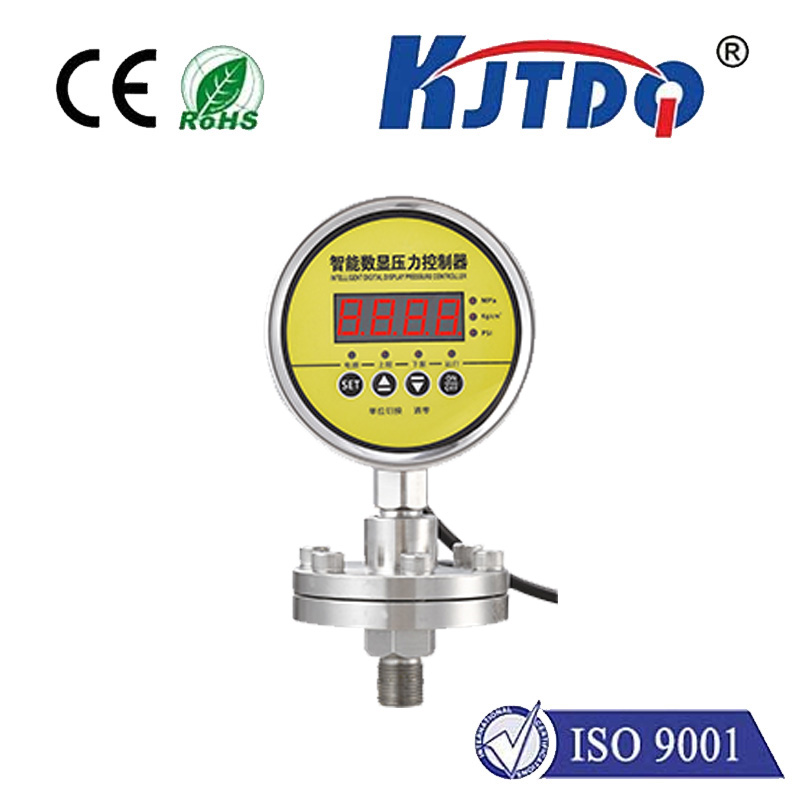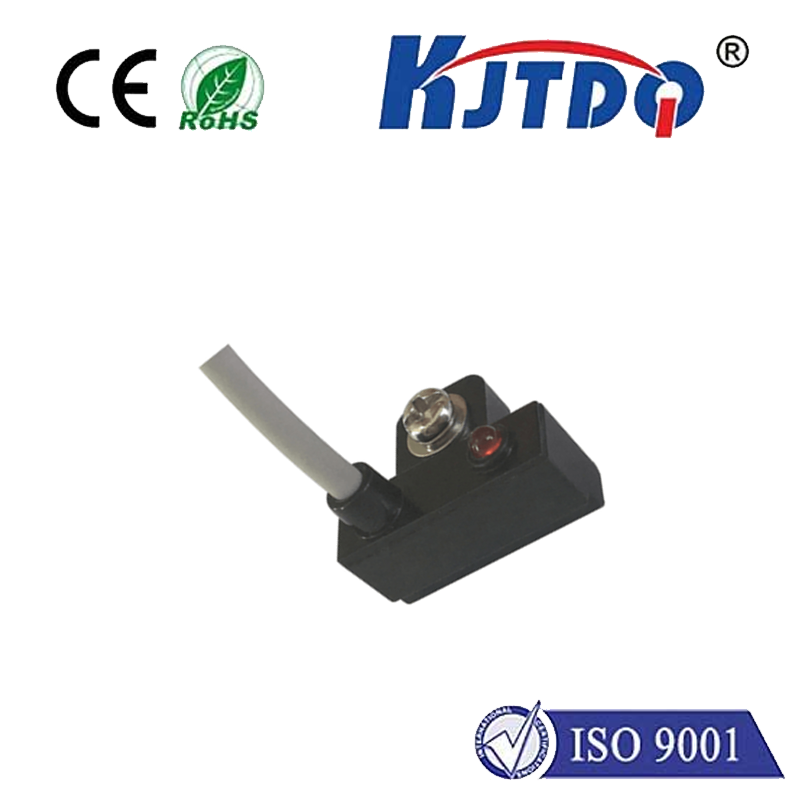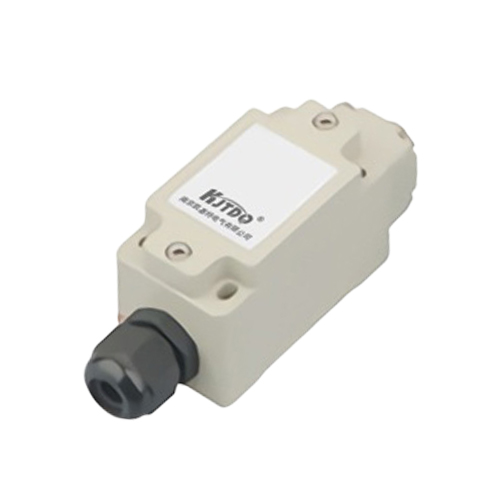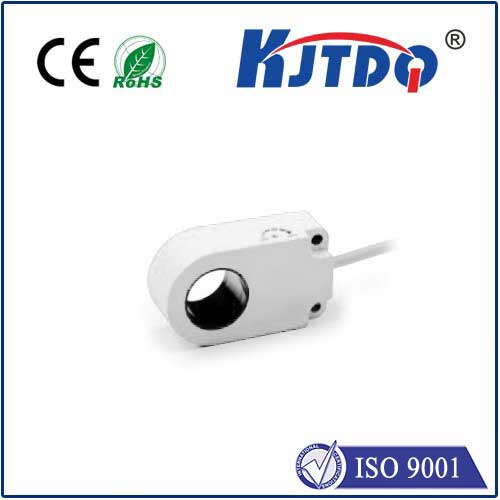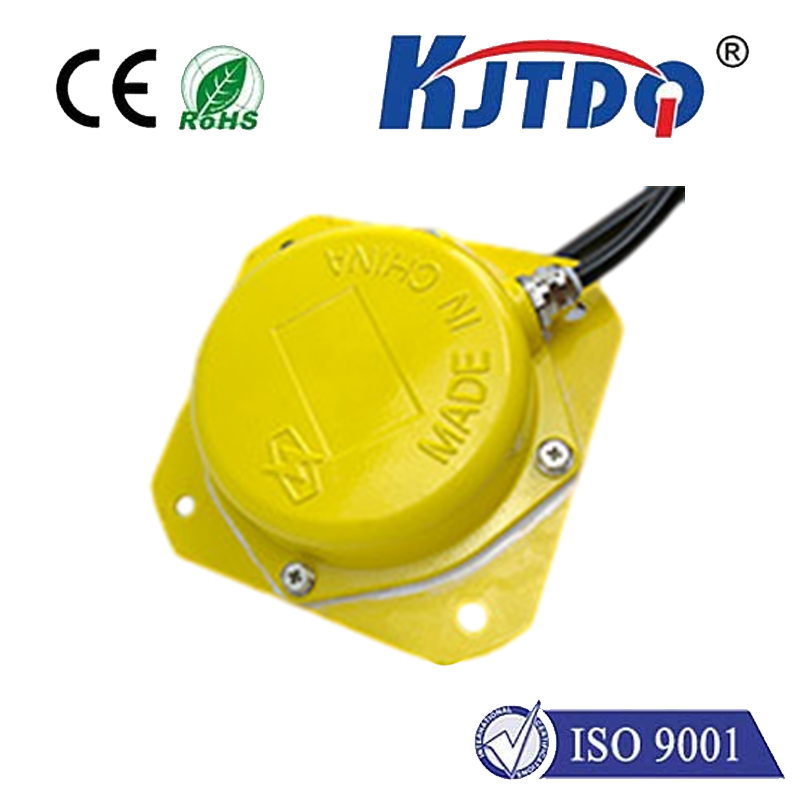Датчик приближения e18d80nk
- time:2025-07-17 08:03:17
- Нажмите:0
Unlock Precision Detection: Your Ultimate Guide to the E18-D80NK Proximity Sensor
Imagine a factory assembly line humming smoothly, robots deftly handling parts without collision, or a smart bin opening magically as you approach. At the heart of such seamless automation often lies a small, unassuming yet incredibly powerful component: the датчик приближения. Specifically, the E18-D80NK infrared proximity sensor stands out as a remarkably versatile and affordable workhorse in the world of object detection. Whether you’re a hobbyist tinkering with robotics, an engineer designing industrial systems, or simply curious about the invisible tech around you, understanding the E18-D80NK unlocks a world of practical possibilities.
What Exactly is the E18-D80NK Proximity Sensor?
Fundamentally, a proximity sensor detects the presence or absence of an object within a certain range without physical contact. The E18-D80NK achieves this using infrared (IR) light. It houses two key components within its rugged cylindrical casing: an IR emitter (LED) and an IR receiver (typically a phototransistor).
Here’s a breakdown of its core operating principle:
- IR Emission: The sensor constantly sends out pulses of invisible infrared light from its emitter.
- Target Interaction: When an object enters the sensor’s detection field, this infrared light hits the object’s surface.
- Reflection: Depending on the object’s color, texture, and material, a portion of this IR light is reflected back towards the sensor.
- Reception & Processing: The built-in IR receiver detects this reflected light.
- Output Signal: The sensor’s integrated circuitry processes the strength of this reflected signal. Crucially, the E18-D80NK features an adjustable potentiometer. By turning this screw, you fine-tune the sensitivity, effectively setting the detection distance threshold. Once the reflected signal surpasses this threshold (indicating an object is close enough), the sensor’s Цифровой вывод pin switches its state – typically from HIGH (no object) to LOW (object detected), or vice-versa depending on wiring.
Key Features & Specifications That Make It Shine
The enduring popularity of the E18-D80NK proximity sensor stems from its well-balanced set of features:
- Adjustable Sensing Range: This is arguably its biggest advantage. Using the built-in potentiometer, the detection distance can be precisely calibrated anywhere from approximately 3 cm to 80 cm. This incredible flexibility allows it to adapt to countless scenarios where fixed-range sensors fall short.
- Infrared (IR) Diffuse Reflection Operation: As described, it relies on the reflection of its own emitted IR light. This makes it suitable for detecting a wide variety of non-shiny, non-black objects.
- Embedded Control Circuitry: Unlike basic IR sensor modules requiring external comparator circuits, the E18-D80NK has everything needed onboard. It provides a clean, easy-to-use digital output signal (LOW or HIGH) directly compatible with microcontrollers (like Arduino, Raspberry Pi), PLCs, and other logic circuits.
- Compact & Rugged Design: Its cylindrical form factor (approximately 17mm diameter x 45mm length) and often resin-filled construction offer decent environmental protection against dust and moisture splashes.
- Voltage Compatibility: It typically operates effectively within a 5V to 24V DC range, making it compatible with a vast array of power supplies and controllers common in both hobbyist and industrial settings.
- Fast Response Time: Detection and output switching happen very quickly, suitable for applications requiring real-time feedback.
- NPN Output Configuration: Most commonly, the E18-D80NK uses an NPN transistor output in an open-collector configuration. This means the output pin acts like a switch to ground (sinking current) when an object is detected. Some variations exist (PNP), so checking the specific model/seller is advised.
Where the E18-D80NK Proximity Sensor Excels: Practical Applications
Its blend of adjustability, robustness, and simplicity makes the E18-D80NK incredibly versatile. You’ll find it employed in diverse fields:
- Промышленная автоматизация: Counting products on conveyors, detecting bottle/jar presence on filling lines, verifying part arrival at workstations, controlling machine guarding (ensuring no obstructions before start), and monitoring material levels in hoppers or bins.
- Robotics: Essential for obstacle avoidance (e.g., robot bumpers or navigation sensors), line following (detecting contrasting lines), end-effector positioning verification (confirming gripper has picked up an object), and limiting movement within defined ranges.
- DIY Electronics & Maker Projects: Building interactive installations (e.g., triggered lighting or sound effects when approached), creating touchless switches for appliances or doors, constructing automatic dispensers (paper towel, soap), implementing security systems (entry detection), and smart home gadgets.
- Automation Contests (e.g., Sumo Bots): Widely used for detecting the opponent robot within the ring boundaries due to its reliable near-range detection capabilities.
- Vending Machines & Kiosks: Detecting cup presence in drink dispensers or verifying items have been dispensed correctly.
- Parking Systems: Monitoring vehicle presence at entry/exit gates or specific parking bays (though often complemented by other sensor types).
Best Practices and Important Considerations for Use
To harness the full potential of your proximity sensor E18-D80NK, keep these points in mind:
- Calibration is Crucial (Use the Potentiometer!): Never skip this step. Power on the sensor with the target object at your desired detection distance. Carefully turn the potentiometer screw slowly until the output LED (if present) just switches state, indicating detection. Fine-tune slightly beyond that point for reliable triggering. Settings drift over time or temperature changes? Recalibrate.
- Understanding Environmental Interference: Infrared proximity sensors like the E18-D80NK can be affected by strong ambient IR light sources (sunlight, incandescent bulbs, heaters). Test in the actual operating environment. Shielding the sensor or adjusting sensitivity often mitigates this.
- Object Surface Characteristics Matter: Dark, matte black, or highly absorbent surfaces reflect very little IR light back, making them difficult or impossible to detect. Very shiny surfaces can reflect light away unpredictably. Test with your actual targets.
- Mounting Position: Ensure the target object passes within the conical detection zone in front of the sensor’s lens. Avoid mounting surfaces directly behind the target that could cause unwanted reflections.
- Wiring Correctly: Pay close attention to the wire colors for your specific sensor variant (Brown/V+; Blue/GND; Black/Output is common for NPN). Connecting V+ and GND backwards can damage the sensor. Ensure the load (e.g., microcontroller input, PLC input, relay coil) is connected correctly to handle the NPN open-collector output.
- Voltage Matters: While tolerant, operating significantly below 5V may cause unreliable performance; operating above 24V risks permanent damage. Stick within the specified range
